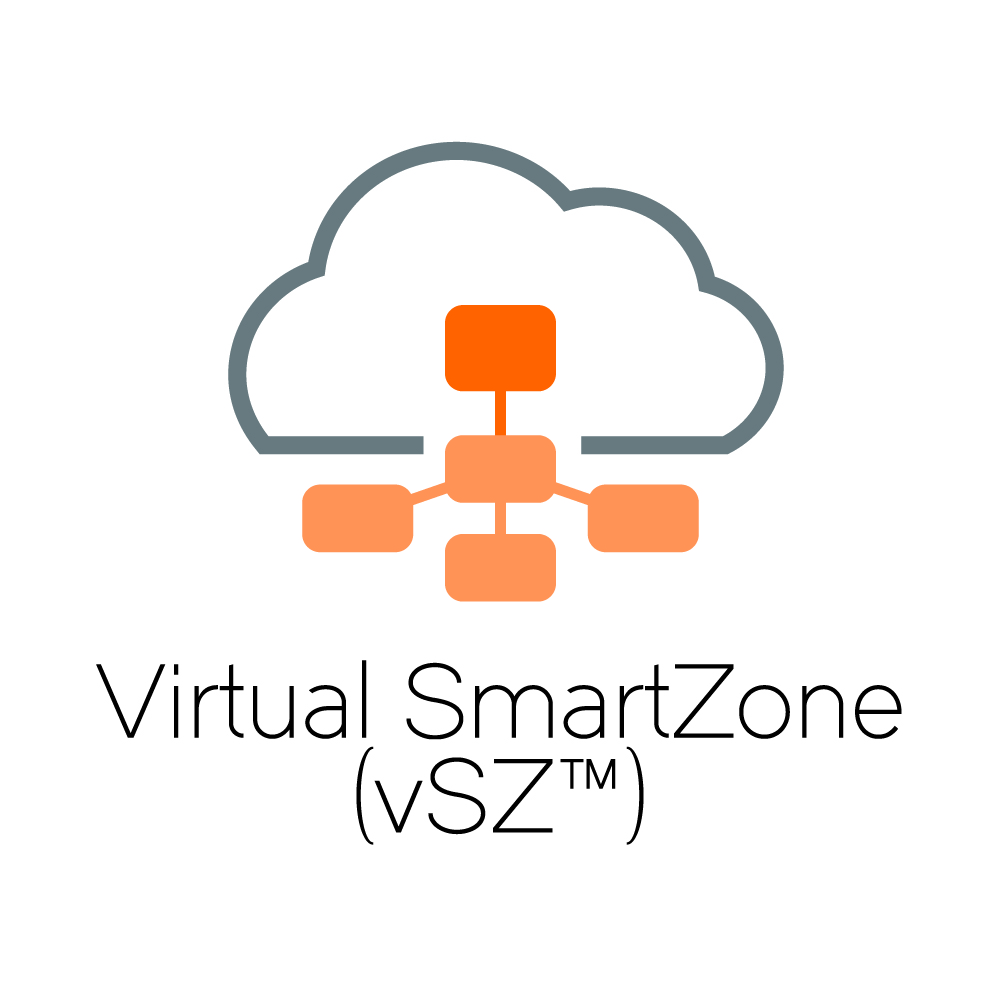By the summer of 2020, SmartZone has received update 5.2.1, which includes the new WiFi6 AP-s R550, R850 and T750SE. There are other important additions as well. 5.2.1 can be upgraded directly from the following releases: 3.6.0, 3.6.1, 3.6.2, 5.1.0, 5.1.1, 5.1.2.
• Remote CLI: Enables users to access the CLI session of the selected ICX switch directly from the SmartZone WEB UI. Users will be able to run monitoring/configuration commands. This feature can be accessed only by the System Super-Administrator in 5.2.1 release.
• Configuration: The following configuration options are added to enable more features on ICX switches.
– Protected ports
– Granular PoE budget limit at switch port level
– Ability to change default VLAN
– Ability to set management VLAN
– Ability toconfigure ports across multiple switches in a Switch Group
– QoS (Quality of Service)
› Additional ACL options to remark and/or prioritize traffic
› Port level QoS configuration including Voice VLAN and LLDP-MED setting
• Monitoring
– Ability to search for a client at global level (entire system as opposed to a single switch group).
– Group level firmware upgrade: Users can now upgrade all the switches within a group instead of manually selecting switches one at a time
– Ability to download syslog files of a selected Switch.
– Group level firmware enforcement:
› Users can now set a minimum ICX firmware release against a group. Switches joining the group with a lower version will automatically get upgraded.
To provide an easy way for our customers to understand Airtime Utilization for 802.11ax APs, RUCKUs extends the airtime statistics for 802.11ax APs:
• Network Overhead: Allows the administrator to view the ratio of transmitted and received data vs management, which tells the administrator how much overhead is on the network.
• Impact of Neighbors: Allows the administrator to view the airtime impact of managed neighbors that are operating on the same or overlapping channels. This also allows the administrator to evaluate the channel selection system.
• Impact of Rogues: Allows the administrator to view the airtime impact from non-managed rogue APs.
• Uplink / Downlink Ratios: Allows the administrator to easily visualize the uplink and downlink airtime ratios which can be crossreferenced with traffic ratios to evaluate efficiency of up/down links.
• Impact of Non-Wi-Fi Interference: Allows the administrator to view the airtime impact of non-Wi-Fi interference sources.
RUCKUS Speedflex throughput test tool, historically and prior to this release(R5.2.1), keeps the port 18301 open for both TCP and UDP protocol in Access Point and the controller. It leaves attack surface open and the listener of this port is ZAPd (daemon). To eliminate this security vulnerability, a UI switch is introduced to enable or disable speed test and hence ZAPd runs or stops accordingly. When ZAPd is not running, AP or controller is not listening to that port. ZAPd is disabled by default on both controller and AP. ZAPd on AP can be enabled by configuring test speed option in AP Advance Settings in the controller web user interface. On the controller ZAPd starts automatically on triggering a speed test and stops and when the test is completed. RKS CLI commands get/set zapd enable/disable is introduced in this release to start or stop ZAPd.
Some legacy devices like Intel drivers 18 and below cannot recognize valid Wi-Fi 6 APs. Some Mac OSs have problems with Wi-Fi 6 APs because of their large beacons. A customer that does not have control of their clients might want to provide a WLAN that they know that these buggy devices can connect to. Our system currently allows for an AP CLI command that downgrades all WLANs on the entire radio. This current interface is not easy enough nor flexible enough for our customers. This feature adds the ability to downgrade a WLAN from Wi-Fi 6 to Wi-Fi 5 on a per WLAN basis RUCKUS SmartZone 5.2.1 Release Notes 4 Part Number: 800-72611-001 Rev D through the GUI. With this new implementation a customer could have on the same AP one WLAN that supports Wi-Fi 6 and another WLAN that only supports Wi-Fi 5.
This feature allows multicast rate limit configuration for uplink and downlink direction (separately configurable) from SZ GUI. Users are now able to configure multicast rate limit in terms of absolute number instead of percentage of traffic. Rate limit configuration is per WLAN.
This feature supports non-user port profile for L2 ACL on wired side. This feature also introduces customized Ether Types field along with the pre-defined Ether Types filed in the configuration screen of L2 ACL profile.
RUCKUS SmartMesh technology is now available on Wi-Fi 6 APs for both bands, 2.4GHz and 5GHz.
GUI and CLI support to enable 160MHz on applicable Wi-Fi 6 APs which include T750, R650, R750, R850 and T750SE.
Limitations:
1. Mesh mode in 160Mhz is not supported. There is no explicit disabling of Mesh when radio is configured for 160Mhz mode.
2. No support for MU/OFDMA in beacons IE's when 160Mhz is enabled.
3. 80+80 modes operates radio on 80Mhz mode.
4. 160Mhz is not supported when AP is operating in 802.3af power mode.
More information of changes, updates and issues can be read in Release Notes from Ruckus.
